Before I get properly rolling with this blog, I thought it might be worth taking a moment to stake out the territory I plan to cover.
This website, and these blogs, are all about fandom, and so it might be expected that the art I am posting here will be what goes, these days, under the label “Fan Art”. I am not a big fan of that word. Or at least, I am not a fan of indiscriminately applying it to any art that references a fandom – be it in the Science Fiction/Fantasy/Supernatural bracket or not.
There are a variety of things which fall under the scope of this blog. One thing they all have in common: they generally include references to other people’s creative work. Be they individual writers, visual artists, film makers, animators, comic artists, engineers, scientists, academic researchers – or the anonymous traditions of folklore or urban myth.
There is Fantasy Art, which is art that represents fantasy characters or settings which have sprung from the authors mind, without making reference to any particular fantasy universe or novel or short story or comic or film or video game or what-have-you. They are generally based on agreed conventions of what a dragon or a fairy, a mermaid or a troll, an enchanted forest or a wizard’s dungeon or a unicorn ought to look like: traditional folklore and inherited iconography, or modern conventions that have evolved in the genre, and which may be driven by a particular artist’s work: who first gave a dragon bat wings? If they weren’t based on these conventions – by repeating, or by deliberately contradicting them – they would not belong in the Fantasy genre.
There is Science Fiction Art, which – apart and sometimes on top of the above – may incorporate visualizations of scientific findings, or engineering features, or be inspired by photographs in a scientific context: astro photography, or microscopic images for instance, which are outside the scope of what the average Science Fiction artist would be able to see with their own eyes, or by their own means.
Much of the art in these genres is inspired by a particular fandom – be it a work of literature, like Lord of the Rings, or a work in an audiovisual medium, like Star Trek or Doctor Who. There is also the whole realm of Manga and Comics, which, as far as this blog is concerned, I am going to largely leave to another blogger – there is, after all, a whole separate category for it on this site!
This is where it can get a little messy when it comes to copyrights and things. And this is where, as far as I am concerned, the Fan Art tag can serve to make a useful distinction: namely, between images which are derivative, and which are likely to infringe a copyright and/or trademark (but are generally tolerated in a non-commercial context), and images which are original visual interpretations, and where there is no such infringement involved.
For all further purposes, I will call images which are clearly based on a design or still from a comic/manga, animation, movie, TV show or game – and which are therefore derivative, and may infringe a copyright, trademark, or other right of authorship (unless they are authorized commercial art): Fan Art – and images which don’t, by that old time honoured name: Illustration.
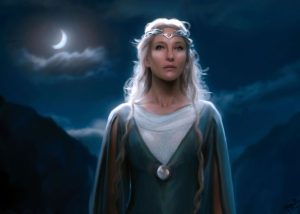
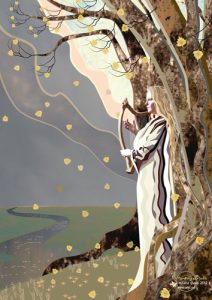
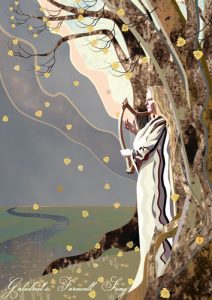
I have had people call some of my pieces Fan Art, simply because they depict a scene from a well known book – such as Ursula Le Guin’s “Earthsea” series, which has served me as inspiration for a major series of paintings. The paintings are entirely based on my own visualization and interpretation of the author’s writings. They do not depict characters or locations in any way that could be seen as derived from the animation movie, or the (abysmal) TV miniseries which were both based on those books. Neither do they reference another artist’s interpretation (of which there are, sadly, conspicuously few, for this particular fantasy universe.)
I am undoubtedly a fan of the Earthsea books, but that does not make my paintings Fan Art, according to the above definition. Because one cannot copyright an idea: copyrights only apply to things “in material form”, as the legalese goes. When I translate a scene from a book into a visual medium, I depict my own interpretation of the author’s idea. No rights infringed. When I include a passage of text, or a distinctive word such as a character’s name, in my painting – then, and only then, am I infringing the author’s copyright – and possibly running foul of trademark regulations, too.
It gets more tricky when it comes to works in a visual or audiovisual medium. The design and shape of a comic/manga or animation character has material form, and is moreover often trademark protected: when I incorporate someone else’s character in a drawing or painting, it is likely that I will be running foul of both copyright and trademark regulations. It is, of course, always possible to ask permission, or ask (and pay) for a license to use the design. Similarly, if I create a painting or drawing which is recognizably based on a screen shot from a movie, or which shows a particular actor’s face, or copies costumes, props or set designs, I will have to ask for permission before I can commercialize the image – and that permission may well be denied.
There are some rather fuzzy and ill-defined grey areas, of course: Creating a painted or sketched portrait of an actor from a screenshot is a creative effort, and a translation into a different artistic medium. The problem in that case may not be copyrights, but the personality rights of the actor, and of course, those pesky trademark regulations. Also, once a text has been translated into film, it can become hard for an artist to visualize specific characters or locations completely independent from the film version: Who does not see Ian McKellen’s face, and that iconic pointy hat, when they think of Gandalf the Grey, these days? When does an image simply become part of a new iconographic tradition?
There is a bit of leeway involved in the legislation, anyway: an image which is loosely based on a film interpretation of a book, but includes a “considerable creative effort” on the part of the artist, is not infringing copyrights. Sketching a Gandalf who looks a bit like Ian McKellen, is not the same as literally copying a screen shot. These things will generally have to be assessed on a case-to-case basis. There are no easy answers, and if there is a legal dispute, it will often come down to who can afford the best lawyer: which is why generally, the movie studios win. It still pays, as an artist, to make oneself wise on the do’s and don’t’s: to avoid things which might get one into trouble, just as much as to be able to confidently defend things, when they do not in fact fall foul of any legislation, even though they are associated with some well known franchise.
Lastly, there is commercial Science Fiction and Fantasy art: commissioned illustrations, concept art for movies and games, character designs, environments, storyboards, posters, merchandize … the list goes on. If an artist is commissioned to depict a character or scene based on someone else’s design, there is of course no infringement of the copyright and/or trademark holder’s rights: but often, there are restrictions with regard to when and where the artist may show and display their own work. Concept art for movies, for instance, may usually not be publicly shown until the movie has been released – if at all.
In the next instalment, I will be looking at some more representations of Tolkien’s Lady Galadriel, in order to illustrate the difference I perceive between what is Fan Art, and what is Illustration – and the fuzziness of the grey areas in-between! Stay tuned, and see you next week.
All images are copyright the respective artist, and may not be reproduced elsewhere without permission.
Disclaimer: while I have a working knowledge of copyright and trademark legislation, I am not a lawyer, and this article should not be taken as legal advice. If you need individual advice on any of these matters, please seek out a legal professional.


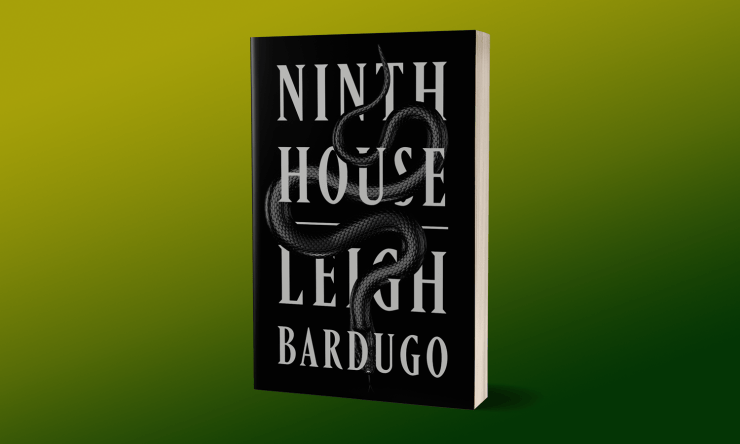




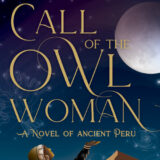
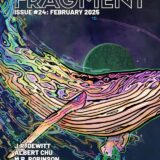

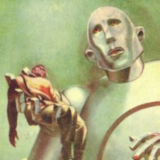
Recent Comments